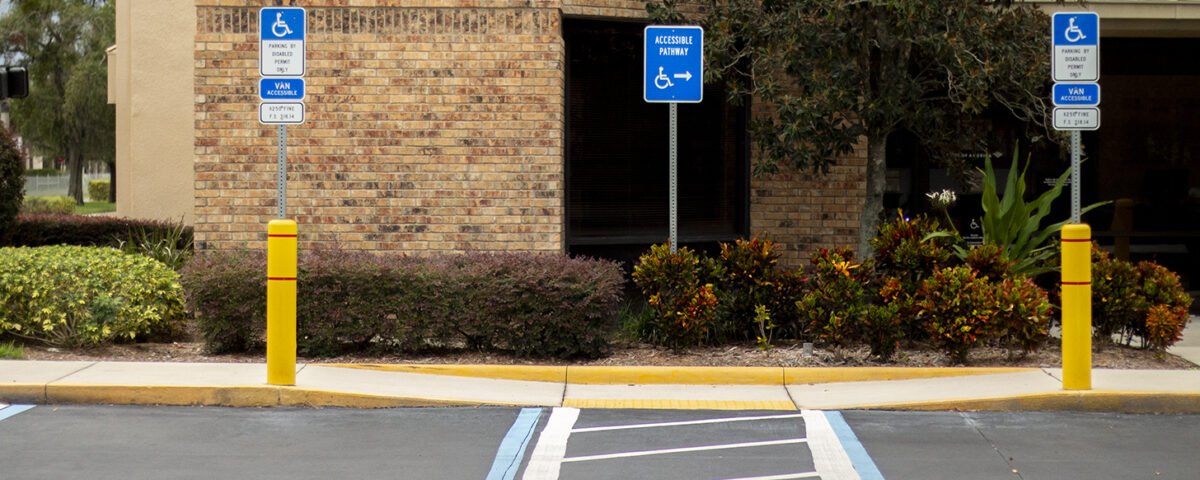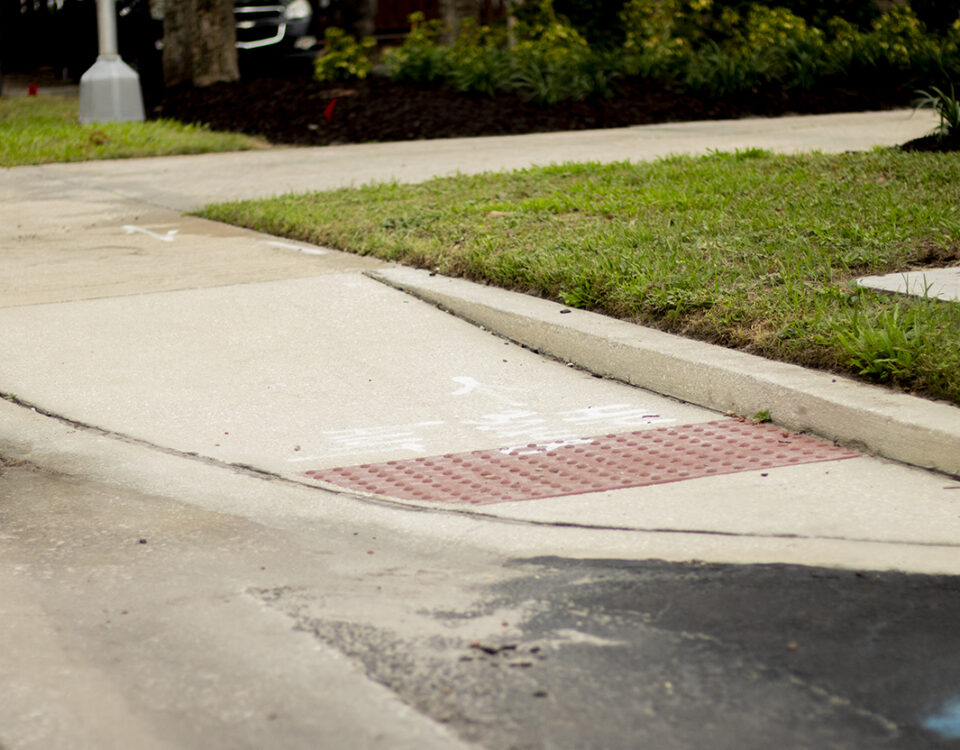
Removing High Pile, Low-Density Carpeting for ADA Compliance
May 24, 2023Installing Accessible Paper Cup Dispensers for ADA Compliance
May 30, 2023The Americans with Disabilities Act (ADA) stands as a pivotal piece of legislation, championing equal access and inclusivity for individuals with disabilities in public spaces. A cornerstone of ADA compliance is the creation of designated accessible parking spaces. In this article, we delve into the critical importance of this modification, explore the specific ADA standards and measurements involved, and underscore how it contributes to achieving accessibility for all.
At a Glance
- Accessibility: Creating designated accessible parking spaces ensures that individuals with disabilities can access facilities independently, promoting equal access.
- Independence: Properly designated spaces empower individuals with disabilities to navigate parking areas autonomously, fostering self-reliance.
- Safety: Well-designed spaces enhance safety by providing adequate room for maneuvering, reducing the risk of accidents and injuries.
- Legal Requirement: The ADA mandates precise standards for accessible parking spaces to ensure fairness and accessibility.
- Inclusivity: Creating designated accessible parking spaces aligns with universal design principles, making parking facilities more welcoming and convenient for everyone, regardless of their abilities.
ADA Standards and Measurements:
ADA guidelines provide meticulous standards for the creation of designated accessible parking spaces to enhance accessibility:
- Number of Spaces: The ADA mandates that parking facilities must include a specific number of accessible parking spaces based on the total number of parking spaces in the lot. For example, lots with 1 to 25 spaces require at least one accessible space, and lots with 501 to 1000 spaces require 2% of the total spaces to be accessible.
- Dimensions: Accessible parking spaces must have specific dimensions. Van-accessible spaces, which are wider, should measure at least 11 feet wide, while standard accessible spaces should be at least 8 feet wide. Both types of spaces should have a minimum length of 18 feet.
- Aisles: Accessible spaces must be adjacent to an access aisle that provides enough room for a person with a disability to enter or exit a vehicle comfortably. The aisle should be at least 5 feet wide for van-accessible spaces and 3 feet wide for standard accessible spaces.
- Signage: Accessible parking spaces must be clearly marked with the International Symbol of Accessibility and, if van-accessible, the additional “Van-Accessible” sign.
The Importance of Compliance:
Creating designated accessible parking spaces goes beyond mere compliance; it is about prioritizing accessibility, safety, and ensuring that everyone, regardless of their abilities, can access facilities with dignity and ease. Properly designated spaces are vital for individuals with disabilities, as they allow for equal participation in various aspects of daily life.
Promoting Independence:
Correctly designated spaces empower individuals with disabilities to navigate parking areas independently. Knowing they can access these spaces fosters self-reliance and contributes to a more inclusive experience.
Enhancing Safety and Accessibility:
Properly designated spaces significantly enhance parking lot safety and accessibility. They reduce the risk of accidents and injuries by providing sufficient room for individuals to enter and exit their vehicles comfortably.
Universal Design and Inclusivity:
Creating designated accessible parking spaces reflects the principle of universal design, which emphasizes that environments and products should be accessible and usable by everyone, regardless of age, size, or ability. It makes parking facilities more welcoming and convenient for all.
Ensuring Compliance:
To ensure compliance with ADA standards, businesses, organizations, and municipalities must regularly inspect and maintain accessible parking spaces. This includes verifying the correct number, dimensions, and signage.
Community Awareness:
Community awareness plays a pivotal role in promoting ADA compliance. Educational initiatives and collaboration with disability advocacy groups can raise awareness about the importance of accessible parking spaces and encourage compliance.
In conclusion, creating designated accessible parking spaces is a fundamental step toward achieving a more accessible and inclusive society. It ensures parking lot accessibility, promotes independence, enhances safety, and exemplifies a commitment to the principles of the ADA. These spaces are not just a legal requirement; they are a tangible expression of our dedication to ensuring that everyone, regardless of their abilities, can access facilities with dignity and ease.




